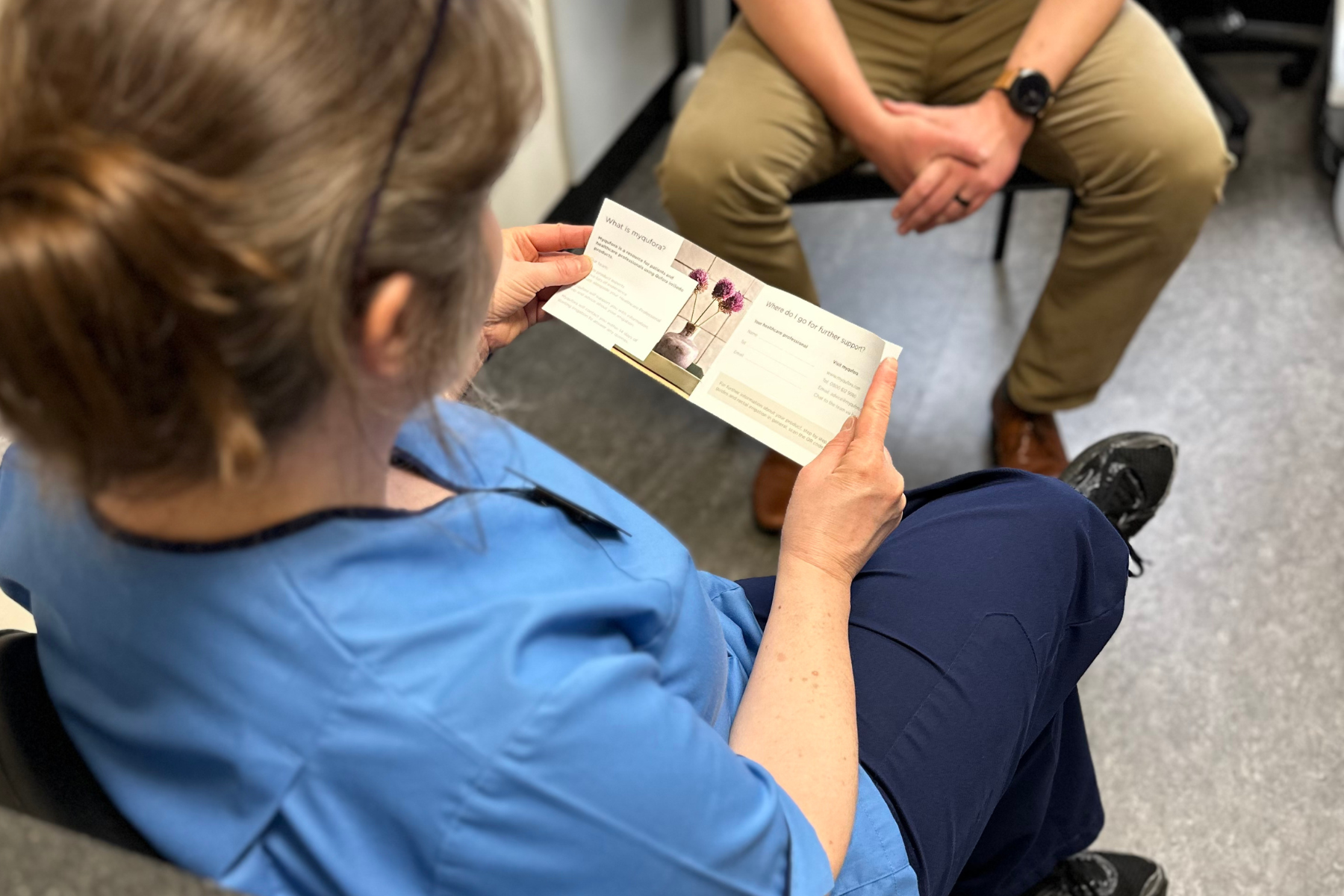Professor Peter Christensen, Chief Physician
During our latest webinar, we met with Professor Peter Christensen, Chief Physician at the Clinic for Pelvic Floor Disorders and Gastrointestinal Surgery at Aarhus University Hospital, Denmark, to chat about the retrospective – how transanal irrigation got started.
Peter talks about how transanal irrigation (TAI) was first used by urologists in children with spina bifida and then adults with this condition. As a result of early successes, TAI was then introduced to adults with other neurogenic bowel dysfunction, including spinal cord injuries and patients with multiple sclerosis. Peter’s team then investigated if the treatment could be used for patients with functional bowel disorders.
Initial research, with assistance from those with this early experience of TAI, led to proof of principle that TAI is an effective treatment for adult patients, although it was apparent that the treatment worked better for some than others.
Peter continues to discuss how a randomised control trial in 2006 established evidence to demonstrate that TAI was an effective conservative treatment for those with neurogenic bowel dysfunction.
Without Peter’s work, we would not be where we are now with this treatment. So, what are the possibilities for TAI? To begin with, they seemed unlimited. Peter said:
“I thought this was the treatment of truth for every functional bowel patient.”
Of course, with his extensive experience, evidence arose that the treatment can be troublesome sometimes – some people responded better than others. Some struggled with the equipment due to the limited product choice.
As the use of transanal irrigation has expanded, so too has the variety of systems on offer. There is a wide range of cone based and rectal catheter-based systems; some systems use gravity or manual or electric pumps to enable low through to high volume irrigation. A thorough patient assessment leads to prescribing the right product for the right person. The wide range of products resolves earlier practical issues. Meaning more patients can benefit from TAI.
Although TAI has come a long way, there is still lots of research to be done as we continue to learn more about how to use this treatment both in established patient groups, such as those with neurogenic bowel dysfunction and in emerging areas including low anterior resection syndrome (LARS).
Healthcare professionals can offer transanal irrigation as an effective treatment option for patients with all types of bowel dysfunction. TAI is looking good for the future. Professor Anton Emmanuel speaks about his thoughts on the future of irrigation here.







